Frances Oldham Kelsey
description: a pharmacologist known for refusing FDA approval of thalidomide, preventing a US tragedy
8 results
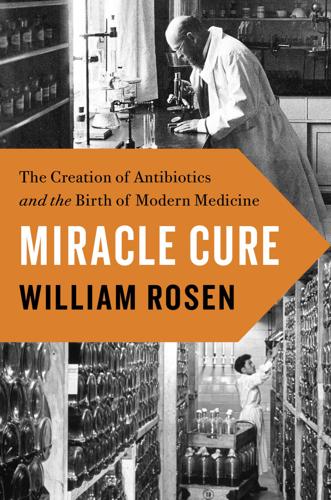
Miracle Cure
by
William Rosen
Published 14 Apr 2017
.* Despite widespread public endorsements, the support of strong majorities in both houses of Congress, and even the pharmaceutical industry itself, SB1522 seemed doomed to die the death of a thousand cuts in committee. And so it might have, but for a scandal more gruesome, and more notorious, than the Elixir Sulfanilamide and aplastic anemia scares combined. — In 1962, Frances Oldham Kelsey had been balancing the costs and benefits of the antibiotic revolution for nearly twenty-five years. In 1938, with the ink barely dry on her doctorate in pharmacology from the University of Chicago, she performed the animal studies that revealed the extent of the damage caused by Massengill’s Elixir Sulfanilamide.
…
On October 10, 1962, Public Law 87-781, an “Act to protect the public health by amending the Federal Food, Drug, and Cosmetic Act to assure the safety, effectiveness, and reliability of drugs,” was signed into law by President John Kennedy. Standing behind him for the traditional signing photo was Frances Oldham Kelsey. — Kefauver-Harris wasn’t the first major piece of federal legislation to recognize that the world of medicine had been utterly transformed since 1938. In 1951, Senator Hubert Humphrey of Minnesota and Representative Carl Durham of North Carolina—both, not at all coincidentally, had been pharmacists before entering political life—cosponsored another amendment that drew, for the first time, a clear distinction between prescription drugs and those sold directly to patients.
…
In 1951, Senator Hubert Humphrey of Minnesota and Representative Carl Durham of North Carolina—both, not at all coincidentally, had been pharmacists before entering political life—cosponsored another amendment that drew, for the first time, a clear distinction between prescription drugs and those sold directly to patients. Credit: National Institutes of Health/National Library of Medicine Frances Oldham Kelsey (1914–2015) receiving the President’s Award for Distinguished Federal Civilian Service from President John F. Kennedy Until the 1950s, the decision to classify a drug as either a prescription drug, requiring physician authorization, or as what is now known as an over-the-counter medication, was entirely at the discretion of the drug’s manufacturer.
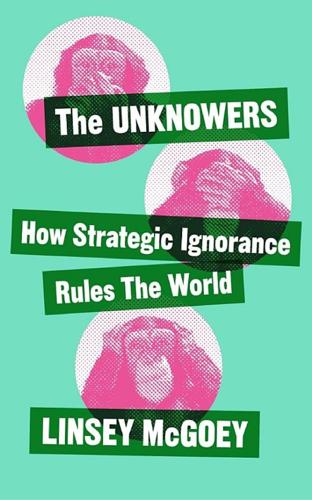
The Unknowers: How Strategic Ignorance Rules the World
by
Linsey McGoey
Published 14 Sep 2019
Take Thalidomide, a drug marketed by its German manufacturer, Grünenthal, as a mild sleeping pill and approved for over-the-counter use in many European countries over the 1950s and 1960s. Thalidomide was heavily marketed by Grünenthal and its UK licensee even after early signs of birth defects were apparent.5 In the United States, an FDA drug examiner named Frances Oldham Kelsey grew concerned by reports of birth defects in Europe and Australia. Supported by many of her colleagues and superiors, she refused to approve the drug. Her actions helped to avert American parents and their children from experiencing the tragedy unfolding in Europe, and also vindicated British health activists who had long campaigned for the UK to establish a system on par to the FDA in the US, a system that owed its existence to the influence of progressive American reformers at the turn of the 20th century.
…
‘Frances Kelsey, drug regulator who barred Thalidomide, 1914–2015’ (Financial Times, August 14). 8 Leila McNeill, 2017. ‘The woman who stood between America and a generation of “Thalidomide babies”’ (Smithsonian.com, May 8). 9 Quoted in Ward, ‘Frances Kelsey.’ 10 Robert McFadden, 2015. ‘Frances Oldham Kelsey, who saved U.S. babies from Thalidomide, dies at 101’ (The New York Times, August 7). 11 Benjamin Kentish, 2016. ‘Donald Trump could be like John F Kennedy, says Bill Gates’ (Independent, December 14). 12 J. Avorn, 2006. ‘Dangerous deception: Hiding the evidence of adverse drug effects.’ New England Journal of Medicine 355 (November 23): 2169–2171, 2169. 13 H.
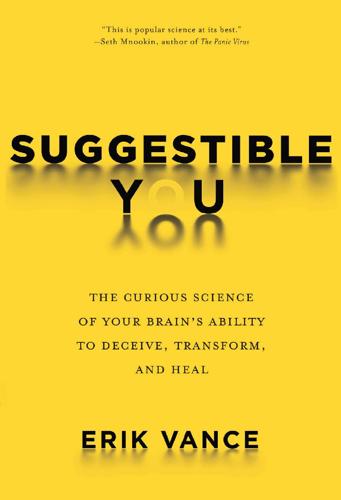
Suggestible You: The Curious Science of Your Brain's Ability to Deceive, Transform, and Heal
by
Erik Vance
Published 14 Sep 2016
Many thousands of babies died in the womb. Another 10,000 suffered a range of maladies, including shocking deformities. The hysteria that followed forever changed the public image of the pharmaceutical industry. The drug was never available in the United States (thanks largely to the heroically skeptical FDA doctor Frances Oldham Kelsey), but by 1962 the U.S. public was deeply shaken and demanded safeguards against the possibility that such a dangerous drug could be available here. In a gesture of bipartisan panic, the House and Senate grabbed Kefauver’s bill and added it to the Drug Efficacy Amendment to the Federal Food, Drug, and Cosmetic Act.
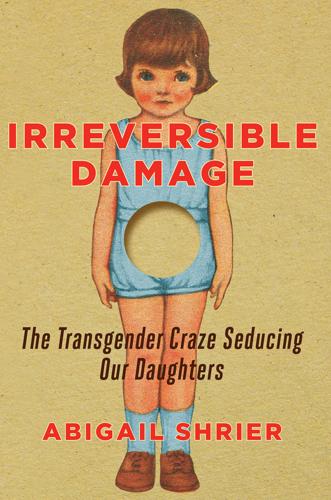
Irreversible Damage: The Transgender Craze Seducing Our Daughters
by
Abigail Shrier
Published 28 Jun 2020
Even the medical advice Katherine found online seemed to support Maddie’s new identity and the urgency of medical transition. “She has everybody on her side. I mean, I don’t have a leg to stand on.” Katherine eventually founded the Kelsey Coalition, an organization devoted to opposing transgender ideology; it’s named for Dr. Frances Oldham Kelsey who, back in 1960, had warned the world of the dangers of thalidomide. Katherine has also drafted legislation that would make it illegal for adults to consent to eliminating the future fertility of their children, and has even managed to get some lawmakers to sponsor it. But like most of the mothers of suddenly trans-identified adolescents, she continues to work under a pseudonym, and her sense of isolation is keen.
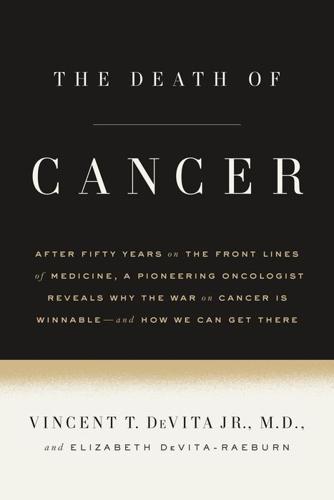
The Death of Cancer: After Fifty Years on the Front Lines of Medicine, a Pioneering Oncologist Reveals Why the War on Cancer Is Winnable--And How We Can Get There
by
Vincent T. Devita, Jr., M. D.
and
Elizabeth Devita-Raeburn
Published 3 Nov 2015
Kister et al., “An Analysis of Predictor Variables for Adjuvant Treatment of Breast Cancer,” Cancer Chemotherapy and Pharmacology 2, no. 3 (1979): 147–58, www.rand.org/pubs/external_publications/EP19790001.html. 3. Peter Greenwald and Edward Sondik, eds., Cancer Control Objectives for the Nation: 1985–2000, National Cancer Institute Monographs 2 (Bethesda, Md.: National Cancer Institute, 1986). 8. Frances Kelsey Syndrome 1. Frances Oldham Kelsey, Chemical Heritage Foundation, www.chemheritage.org/discover/online-resources/chemistry-in-history/themes/public-and-environmental-health/food-and-drug-safety/kelsey.aspx. 2. Morton Mintz, “‘Heroine’ of FDA Keeps Bad Drug off Market,” Washington Post, July 15, 1962. 3. Attard et al., “Phase I Clinical Trial of a Selective Inhibitor of CYP17, Abiraterone Acetate, Confirms That Castration-Resistant Prostate Cancer Commonly Remains Hormone Driven.” 4.

Tripping on Utopia: Margaret Mead, the Cold War, and the Troubled Birth of Psychedelic Science
by
Benjamin Breen
Published 16 Jan 2024
This was no isolated case of carelessness. Just as the earliest airbags and crash test dummies were designed for “average” passengers who were always assumed to be male, sexism and racism profoundly shaped midcentury drug research. The thalidomide scandal, which had in part been uncovered by a female FDA employee named Frances Oldham Kelsey, signaled a new awareness of that bias. Influenced by the civil rights movement and the first stirrings of second-wave feminism, medical and drug researchers began reflecting on their own complicity in systems of power and institutionalized abuse. The field of bioethics was coming into being.
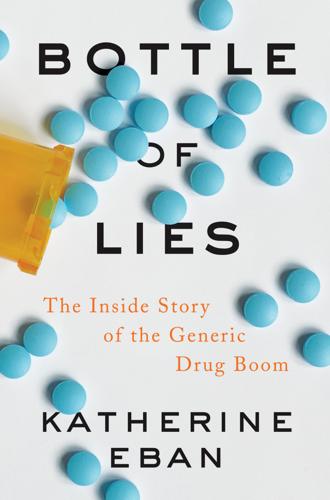
Bottle of Lies: The Inside Story of the Generic Drug Boom
by
Katherine Eban
Published 13 May 2019
what a good control system should be: Dale E. Cooper, “Adequate Controls for New Drugs,” Pharmacy in History 44, no. 1 (2002); John P. Swann, “The 1941 Sulfathiazole Disaster and the Birth of Good Manufacturing Practices,” Pharmacy in History 40, no. 1 (1999). to sell a drug called Kevadon: Linda Bren, “Frances Oldham Kelsey: FDA Medical Reviewer Leaves Her Mark on History,” U.S. Food and Drug Administration, FDA Consumer (March/April 2001), http://web.archive.org/web/20061020043712/http:/www.fda.gov/fdac/features/2001/201_kelsey.html (accessed December 28, 2017). known as the Kefauver-Harris Amendment: Cornelius D.

The Alignment Problem: Machine Learning and Human Values
by
Brian Christian
Published 5 Oct 2020
The drug thalidomide was marketed as “completely safe” because the drugmaker “could not find a dose high enough to kill a rat.” But it caused tens of thousands of horrible deformities in human fetuses before the drug was taken off the market.8 (Americans were largely spared, as a result of a skeptical Food and Drug Administration employee, Dr. Frances Oldham Kelsey.) In the case of “supervised learning,” where the training data is “labeled” in some fashion, we need to consider critically, too, not only where we get our training data but where we get the labels that will function in the system as a stand-in for ground truth. Often the ground truth is not the ground truth.